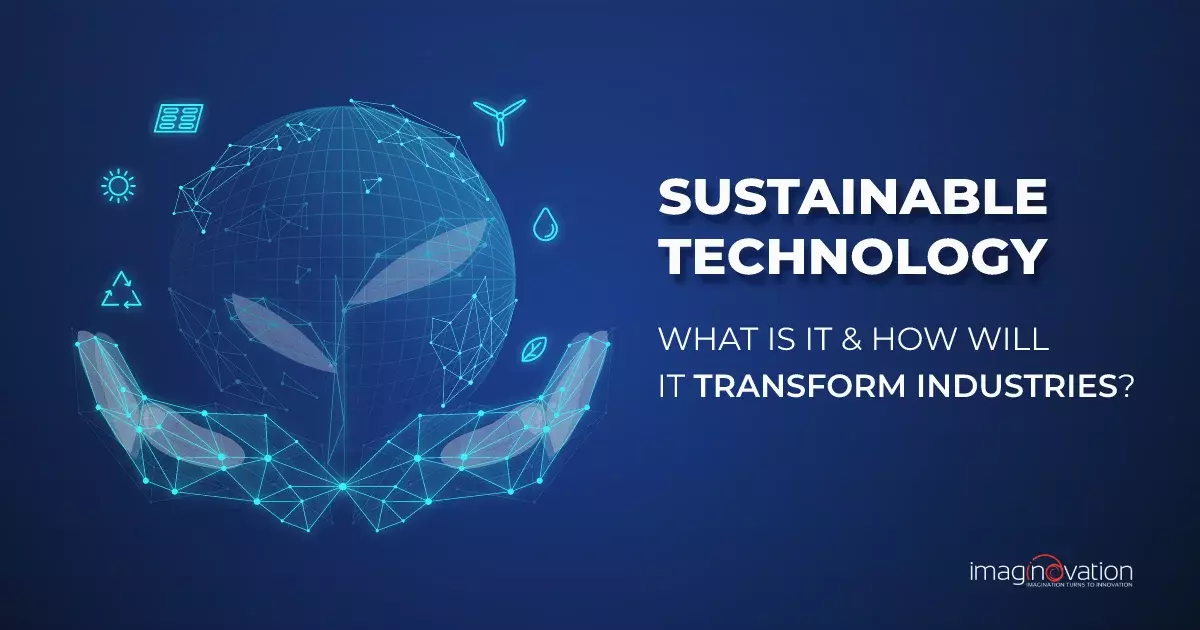Find out what sustainable technology is, how it reduces environmental impact, and why it’s crucial for businesses and individuals. Dive into examples, principles, and FAQs to unlock the potential of sustainable IT practices.
Introduction
In today’s world, where environmental concerns are paramount, the spotlight shines brightly on sustainable technology. But what exactly is sustainable technology? Dive deep into this comprehensive guide to uncover its definition, examples, principles, and immense potential for reducing environmental footprints.
What is sustainable technology?
Sustainable technology encompasses solutions engineered to mitigate the environmental impact of IT infrastructure across its lifecycle. From conception to disposal, these solutions aim to minimize harm to the planet while fostering technological advancement.
Definition
Sustainable technology includes technology crafted to address environmental issues or those produced with sustainability in mind. This definition underscores the pivotal role technology plays in tackling ecological challenges.
Examples
Examples of sustainable technology abound, ranging from renewable energy sources like solar panels and hydro dams to electric vehicles and LED lighting. Sustainable building, agriculture, and water technologies further exemplify this innovative approach to conservation.
Sustainable IT
Sustainable IT pertains to utilizing information technology in a manner that minimizes its environmental footprint. This involves strategies such as enhancing energy efficiency, reducing waste, and making eco-conscious decisions within the IT sector.
Environmental Impact Reduction
Across the technology lifecycle, minimizing waste during production, optimizing energy and resource efficiency during use, and responsibly managing end-of-use assets through recycling and upcycling are vital considerations.
Principles
Key principles of sustainable IT encompass energy efficiency, adoption of renewable energy, optimization of data centers, effective e-waste management, responsible procurement, software-driven efficiency, as-a-service computing models, and implementing sustainable IT policies and training.
Unlocking the Potential
By embracing sustainable technology practices and principles, businesses and individuals alike can contribute significantly to a more eco-friendly IT industry, thus advancing broader sustainability objectives.
Environmental Benefits of Sustainable Technology
Sustainable technology offers a myriad of environmental benefits, playing a crucial role in mitigating environmental issues and fostering sustainability. Here’s a closer look at the advantages based on credible sources:
Reduction of Environmental Impact
Sustainable technology strives to minimize deterioration, contamination, and other negative environmental impacts throughout its lifecycle. By addressing issues like natural resource depletion, e-waste generation, and poor air and water quality, it actively contributes to environmental preservation.
Mitigation of CO2 Emissions
One of the most pressing environmental concerns is the rise in CO2 emissions, which is exacerbating climate change. Sustainable technology steps in to combat this challenge by significantly reducing CO2 emissions. For instance, the widespread adoption of renewable energy sources such as solar panels and wind turbines plays a pivotal role in curbing harmful emissions into the atmosphere.
Resource Efficiency
Green technology promotes the efficient utilization of resources like energy and water, thereby minimizing waste and conserving natural resources. This efficiency spans various stages, from production to consumption and disposal, thereby fostering overall sustainability.
Promotion of Renewable Energy
Sustainable technology advocates for the widespread adoption of renewable energy sources like solar power, wind energy, and biomass. By harnessing clean energy alternatives, it reduces reliance on fossil fuels and lowers greenhouse gas emissions, thus steering towards a more sustainable energy landscape.
Improvement in Air and Water Quality
The adoption of sustainable technologies, such as electric vehicles, energy-efficient appliances, and green building materials, positively impacts air and water quality. Through reduced emissions and responsible resource management practices, these technologies contribute to cleaner air and water, enhancing overall environmental quality.
FAQs
How does sustainable tech benefit businesses? Sustainable technology can lead to cost savings through reduced energy consumption and waste, enhance brand reputation, and attract environmentally conscious customers.
Are sustainable IT practices applicable to all industries? Yes, sustainable IT practices can be tailored to suit various industries, from manufacturing to finance, healthcare, and beyond, making them universally relevant.
Is sustainable tech only about environmental impact reduction? While environmental impact reduction is a crucial aspect, sustainable tech also promotes innovation, efficiency, and long-term economic viability.
Can individuals contribute to sustainable tech adoption? Absolutely! Individuals can adopt sustainable practices in their personal and professional lives, advocate for sustainability, and support businesses prioritizing eco-friendly solutions.
How can businesses measure the effectiveness of their sustainable tech initiatives? Businesses can measure effectiveness through metrics like energy consumption, waste reduction, carbon footprint, and employee engagement in sustainability efforts.
What role does government policy play in promoting sustainable technology? Government policies can incentivize businesses to adopt sustainable practices through tax breaks, subsidies, and regulations promoting eco-friendly technologies.
Conclusion
Sustainable technology isn’t just a buzzword; it’s a transformative force driving environmental stewardship and technological progress. By embracing sustainable IT practices and principles, businesses and individuals can pave the way for a greener, more sustainable future.

